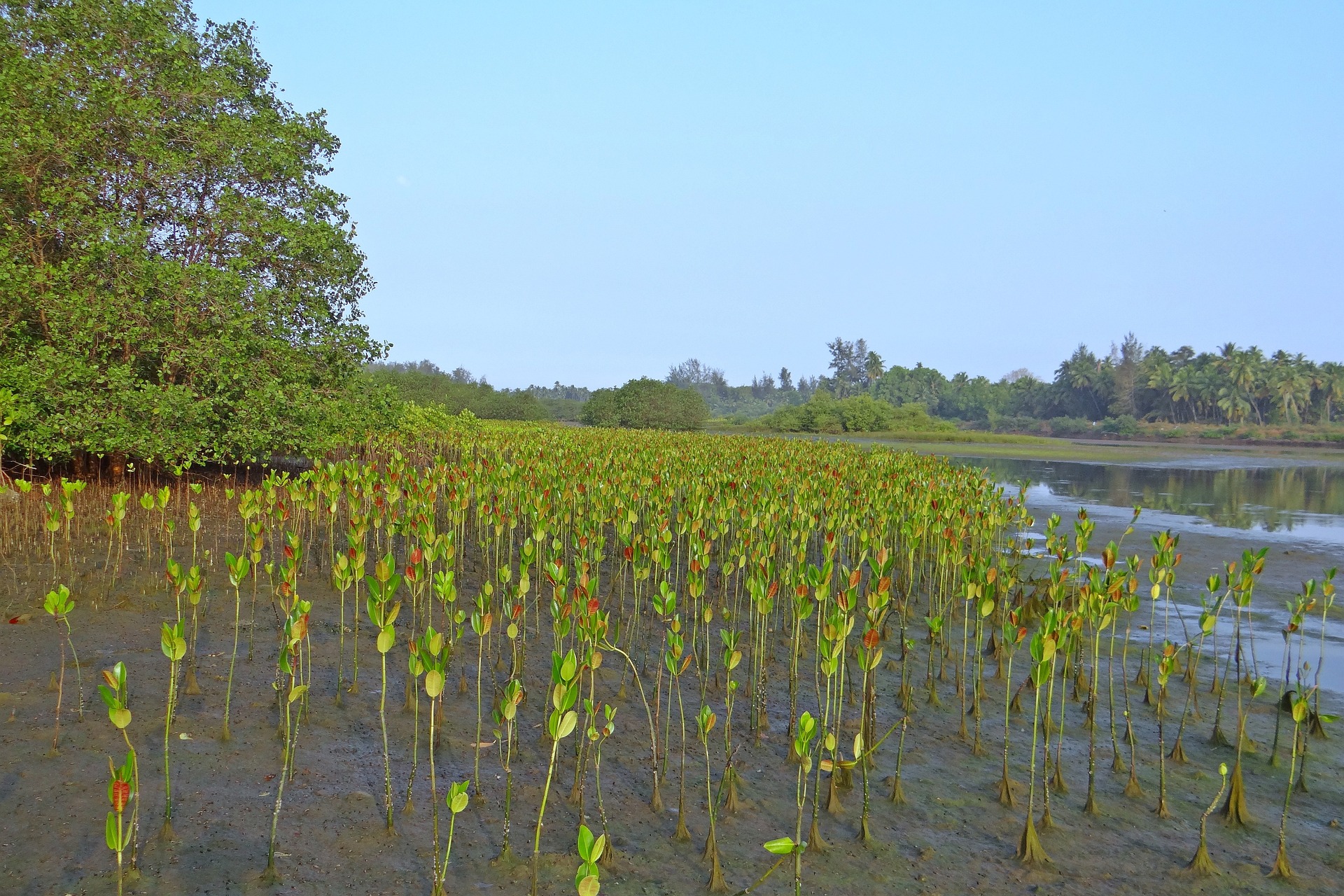Oceans and seas cover approximately the 70% of our planet, we rely on them for food, energy and water. Unfortunately, these precious resources are extremely damaged. The oceans’ health is essential for our existence, so we must protect them by eliminating pollution and overfishing and immediately start to responsibly manage and protect all marine life around the world. Trough the various actions, it is necessary to sustainably manage and protect marine and coastal ecosystems to avoid significant adverse impacts, including by strengthening their resilience, and take action for their restoration in order to achieve healthy and productive oceans. Furthermore, the conservation of coastal and marine areas, must be consistent with national and international law and based on the best available scientific information.

An interesting action rich in opportunities is the mangroves habitat restoration. A successful mangrove rehabilitation plan can directly contribute to many goals of the Agenda 2030: reducing poverty and maintaining food security and livelihoods, thereby increasing the health and well-being of coastal people. Additionally, mangrove rehabilitation will improve water quality, providing healthy coastal habitats for fish and other marine biodiversity, contributing to emissions reductions, and improving coastal resilience from sea level rise and sustainably managing and protecting terrestrial ecosystems.
A recent study published on Nature ecology & evolution [1] reports interesting data about a possible restoration of approximately 193,367 ha of mangroves’ Indonesia forests. Rehabilitating and conserving mangroves in Indonesia could benefit 74 million coastal people and can potentially contribute to the national land-sector emissions reduction of up to 16%. Restoring 193,367 ha of mangroves in the next years (until 2025) may contribute to carbon sequestration of 22 ± 10 MtCO2.
Mangrove restoration programs have a greater chance of being successful when implemented in areas where mangroves have previously grown. These areas have either been subject to deforestation or degradation and may be under government management or private ownership. They are locations that have undergone forest conversion into other land uses, including aquaculture, crops or plantations and urban settlements.
In the study of Sasmito et al [1], studying the mangrove loss proportions within different biogeomorphological typology, land use and the forest land status, three possible restoration scenarios have been identified: high, medium, low. The 9% of the potential restorable area was categorized with the high opportunity scenario, 33% as medium and 58% as areas falling within the low opportunity scenario. Among these scenarios, ~75% of identified areas have non-protected forest status, implying a greater tenurial challenge to establishing a rehabilitation.

The authors [1] identified five provinces that are among the top ranked of high potential for mangrove restoration in Indonesia, but further studies are needed to avoid failure already happened in the past. Mangrove restoration projects have often suffered low success rates due to inadequate hydrological site assessments before revegetation. For example, mangrove planting plans after the 2004 tsunami were focused on mono-species planting. These planting projects most often occurred on undisputed land, such as mudflats, which are inappropriate locations for long-term mangrove growth because of high inundation frequency, high water flow rates and hypersaline conditions that limit seedling establishment and survival.
The existing laws and strategies for mangroves governance in Indonesia have ambitious targets but as seen in previous attempts, it is timely to set an achievable restoration framework with improved planning, evaluation and monitoring.
[1] Challenges and opportunities for achieving Sustainable Development Goals through restoration of Indonesia’s mangroves -Sigit D. Sasmito, Mohammad Basyuni, Age Kridalaksana, Meli F. Saragi-Sasmito, Catherine E. Lovelock, Daniel Murdiyarso; Nature Ecology and Evolution, (2023), 62-70, 7(1)





